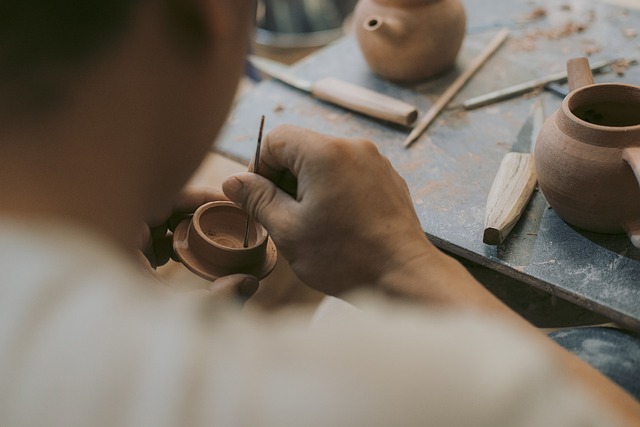
Modeling Clay
Understanding Modeling Clay
Modeling clay is a versatile material widely used in arts and crafts, education, and even professional sculpting. It comes in various types, each with unique properties that cater to different needs and preferences. This guide aims to provide a comprehensive overview of modeling clay, its uses, and the different types available.
Types of Modeling Clay
There are several types of modeling clay, each designed for specific purposes. Here are the most common types:
- Air-Dry Clay: This type of clay hardens when exposed to air, eliminating the need for baking. It is ideal for beginners and children, as it is easy to work with and can be painted once dry.
- Polymer Clay: A popular choice among artists, polymer clay is a plastic-based material that remains pliable until baked in an oven. It is known for its vibrant colors and durability, making it suitable for intricate designs and detailed sculptures.
- Modeling Clay for Kids: Typically softer and easier to manipulate, this type of clay is designed specifically for children. It often comes in bright colors and is non-toxic, ensuring safety during play.
- Modeling Clay for Adults: This category includes more advanced clays that offer different textures and finishes. Artists often prefer these for serious projects, as they provide greater control and detail.
Choosing the Right Clay
Selecting the appropriate modeling clay depends on the intended project and the user's skill level. For beginners or children, air-dry clay or kid-friendly options are recommended due to their ease of use. For more experienced artists, polymer clay offers versatility and durability for intricate designs.
Basic Techniques for Working with Modeling Clay
Regardless of the type of clay chosen, there are some fundamental techniques that can enhance the sculpting experience:
- Conditioning: Before starting, it's essential to condition the clay by kneading it until it becomes soft and pliable. This step is particularly important for polymer clay, as it ensures even consistency.
- Shaping: Use tools such as sculpting knives, rolling pins, and molds to shape the clay. Experimenting with different tools can yield unique textures and designs.
- Joining Pieces: If creating multi-part sculptures, ensure that pieces adhere properly. This can be done by scoring the surfaces to be joined and using a little water or slip (a mixture of clay and water) to help them bond.
- Finishing: Once the sculpture is complete, finishing touches can be added. This includes sanding, painting, or applying a sealant to protect the final piece.
Benefits of Using Modeling Clay
Working with modeling clay offers numerous benefits, including:
- Creativity: Clay allows for endless creative possibilities. Artists can express themselves freely, experimenting with shapes, colors, and textures.
- Therapeutic Value: Engaging in sculpting can be a calming and therapeutic activity, helping to reduce stress and improve focus.
- Skill Development: Sculpting with clay enhances fine motor skills and hand-eye coordination, making it an excellent activity for both children and adults.
Conclusion
Modeling clay is a wonderful medium that caters to a wide range of artistic pursuits. Whether for casual play, educational purposes, or serious artistic endeavors, there is a type of clay suitable for everyone. By understanding the different types of modeling clay and basic techniques, individuals can unlock their creativity and enjoy the process of sculpting.





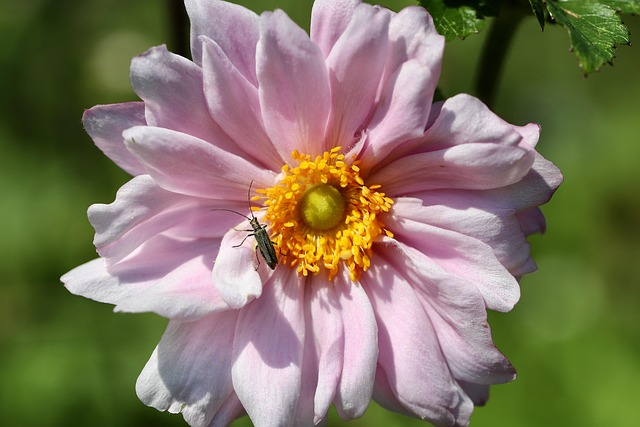
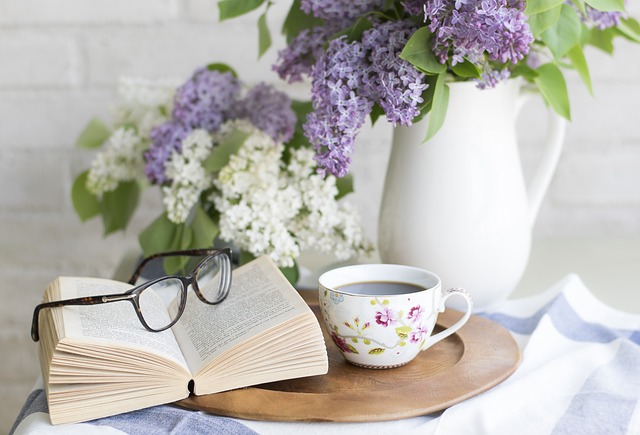

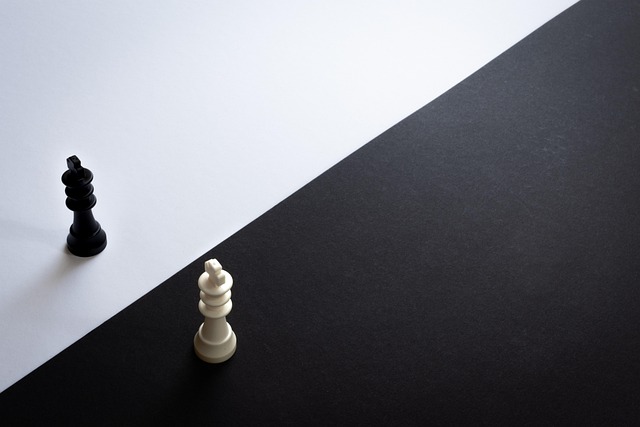
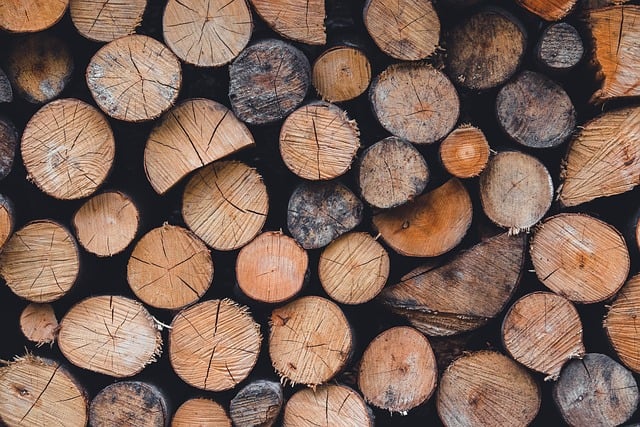

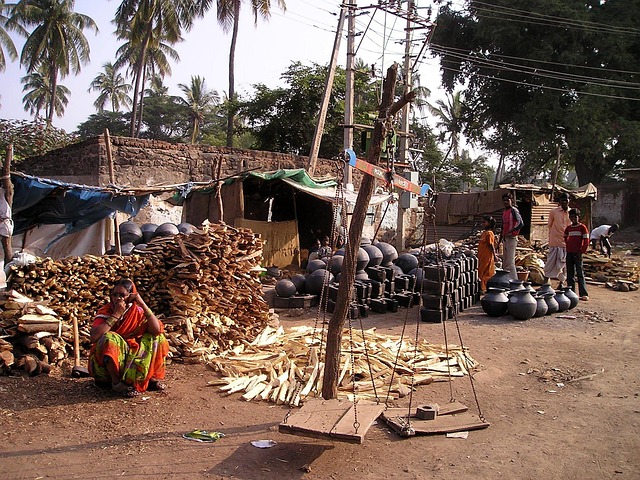



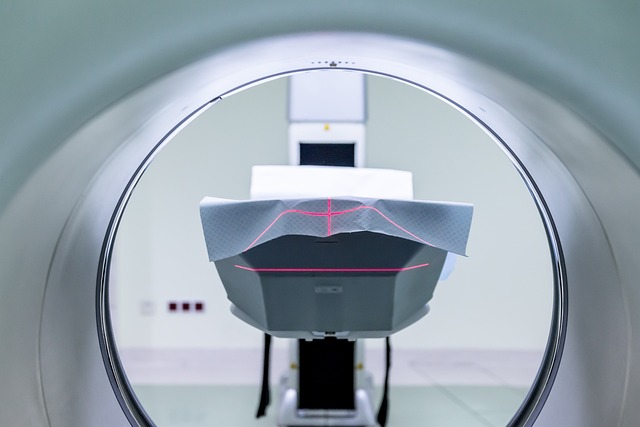
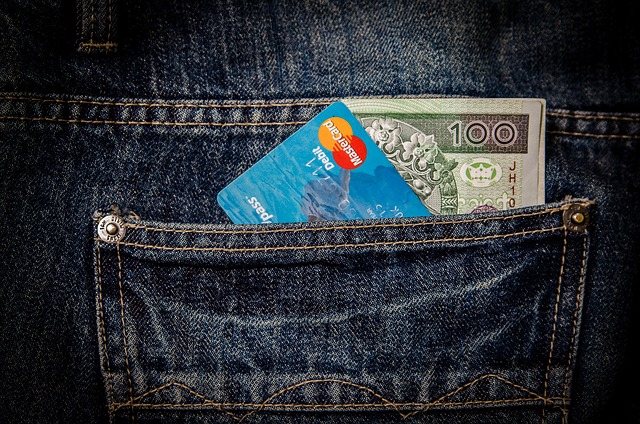
 Why Transaction Failed
Why Transaction Failed 
 Health
Health  Fitness
Fitness  Lifestyle
Lifestyle  Tech
Tech  Travel
Travel  Food
Food  Education
Education  Parenting
Parenting  Career & Work
Career & Work  Hobbies
Hobbies  Wellness
Wellness  Beauty
Beauty  Cars
Cars  Art
Art  Science
Science  Culture
Culture  Books
Books  Music
Music  Movies
Movies  Gaming
Gaming  Sports
Sports  Nature
Nature  Home & Garden
Home & Garden  Business & Finance
Business & Finance  Relationships
Relationships  Pets
Pets  Shopping
Shopping  Mindset & Inspiration
Mindset & Inspiration  Environment
Environment  Gadgets
Gadgets  Politics
Politics 